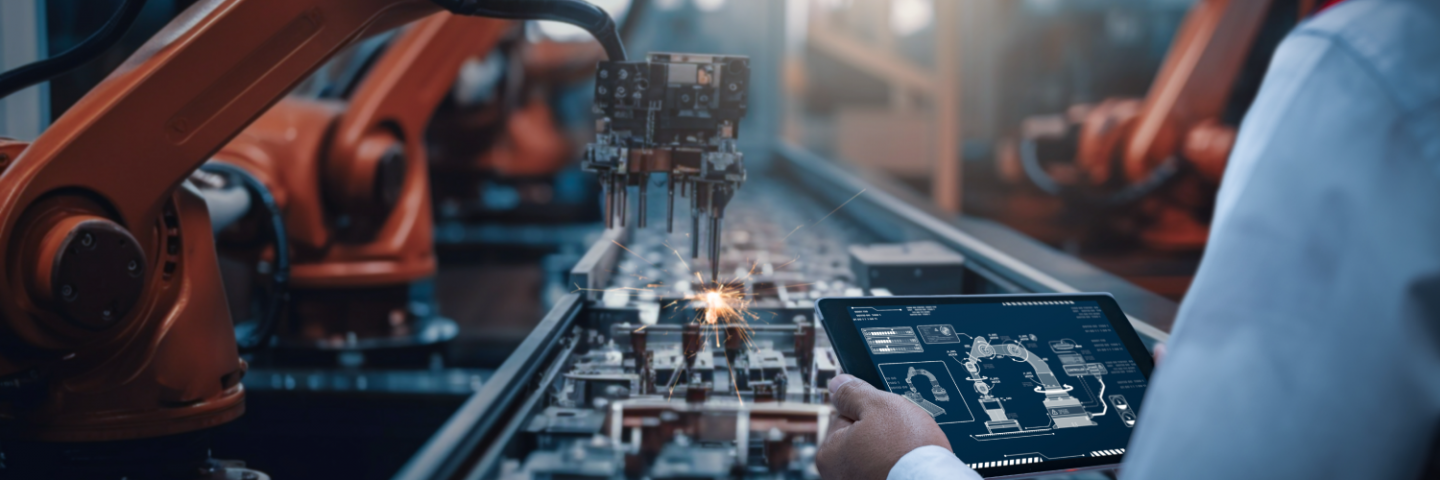
1. direct current (DC) technology
It will make an important contribution to the success of the energy transition and to greater sustainability. This is because experts have established that the use of DC grids significantly reduces energy consumption in existing systems by avoiding conversion stages. The need for copper for the three/four-core DC cables and AC-DC converter devices is also reduced. DC grids in factories also contribute to a lower peak power at the supply connection to the grid and reduce the load here. LAPP is therefore a pioneer in the development of cables and wires for low-voltage DC grids for industrial applications and already has a large portfolio of connection solutions for industrial DC grids. LAPP has been one of the founding members of the Open Direct Current Alliance (ODCA) since autumn 2022. This is an alliance of companies, research institutions and the ZVEI with the aim of paving the way for DC technology from research into industrial practice. – LAPP also networks with other DC initiatives around the world, for example in Austria, the Netherlands, France and the USA.
At DC, LAPP is setting a good example and showing what the first steps could look like: The cooperation between LAPP and Fraunhofer IPA led to the development of a scalable DC network concept for a production site expansion in France. This increases efficiency and enables the integration of PV systems for sustainable grid concepts. This pioneering conceptual work supports the transformation of the factory power supply towards direct current and promotes efficiency and sustainability.
2. digitalisation:
One hundred and eighty-one zettabytes or, to put it more graphically, the number 181 followed by 21 zeros – that is the forecast for the amount of digital data generated worldwide in 2025. How can this gigantic amount of data be transmitted quickly and stably? Copper cables alone cannot cope with this. The solution: light, or more precisely fibre optic cables. A future-proof communication infrastructure in the factory with fibre optic cables is therefore essential. Today, there are already implementations such as fibre-to-the-curb, where the fibre optic connection is laid to the distribution box in front of the house or factory. Fibre-to-the-machine is the next logical step in order to connect the highly networked machines in the factory with sufficient data transmission capacity. LAPP already has a wide range of fibre optic cables and connectors for almost every industry and application. New additions to the portfolio are the field-attachable EPIC® DATA FFC-LC connectors and EPIC® DATA FFC-SC connectors for GOF fibre optic cables. They simplify the production of a pluggable fibre optic
3. Single Pair Ethernet:
Of course, copper-based data transmission is still the dominant solution in the industry. Since 2019, LAPP has been a member of the SPE Industrial Partner Network e.V. The association of well-known companies is a central information and exchange platform for Single Pair Ethernet (SPE) and helps the technology to achieve a breakthrough together. In simple terms, the aim is to connect the field level (e.g. sensors or actuators) to the cloud via the Ethernet protocol. The aim is to replace previous fieldbus systems with the more modern protocol and pave the way for the Industrial Internet of Things (IIoT). LAPP is expanding its portfolio to include innovative SPE solutions in order to meet market requirements at an early stage. The ETHERLINE® T1 FD is suitable for continuous-motion use in the drag chain – successfully tested for over 3 million bending cycles. Ethernet Advanced Physical Layer (Ethernet-APL), which is partly based on SPE, was developed especially for demanding applications in the process industry. The technology enables safe data transmission up to field level in potentially explosive environments. This is ensured by the “intrinsic safety” type of protection. Ethernet-APL also bridges large distances of up to 1000 metres.
4. miniaturisation
The trend towards miniaturisation is continuing in many areas of industry. Applications are becoming more compact, installation spaces smaller and more and more data and power connections have to be plugged into the smallest of spaces. With the EPIC® POWER M12 connectors, these market requirements have been addressed and consistently realised. The areas of application for the new EPIC® POWER M12L and M12K connectors are diverse. For example, they are suitable for collaborative human-robot solutions, so-called “cobots”, which work together with humans in production or in the warehouse. The technical properties of the connectors were simulated during development using virtual models. The two series M12K for power transmission up to 630V/12A and M12L up to 60V/16A were put through their paces virtually even before the first 3D printed model was created.
5. EMC compatibility:
In the smart factory, machines and systems are becoming increasingly networked. As a result, the issue of electromagnetic compatibility (EMC) is becoming increasingly important. Particularly in industrial systems in which frequency converter-controlled motors are used, unwanted currents can increasingly occur on the potential equalisation cables (PA) or protective earth cables (PE). These unwanted currents can affect neighbouring data lines and their data quality during transmission, trigger fault circuit breakers incorrectly or even lead to increased corrosion effects in building structures. A new, innovative cable design from LAPP reliably reduces leakage currents and makes a decisive contribution to improved EMC in machines and systems. The ÖLFLEX® FD Servo zeroCM motor cable has been optimised for leakage currents using a special stranding process and makes an important contribution to the EMC optimisation of frequency-controlled drive systems.
6. Sustainability:
Users are also increasingly looking for environmentally friendly and energy-efficient connection solutions for cables. With ETHERLINE® FD bioP Cat.5e, LAPP already has a cable with a sheath made from a partially bio-based TPU sheath material in its range. This is now followed by the ÖLFLEX® CLASSIC FD 810, the prototype of a cable with a sustainable PVC sheath. LAPP is also investigating initial approaches to the use of recycled material, both in the production cycle and the use of “cable scrap”. In addition to the product-related sustainability approaches, transparency and documentation of the product carbon footprint are important, as is the balancing of Scope 1 and 2.
About the author

Hubertus Breier
Board Member for Technology and Innovation
Hubertus Breier is Board Member for Technology and Innovation LAPP and is responsible for R&D, product management, IT, production, logistics, purchasing and quality.
